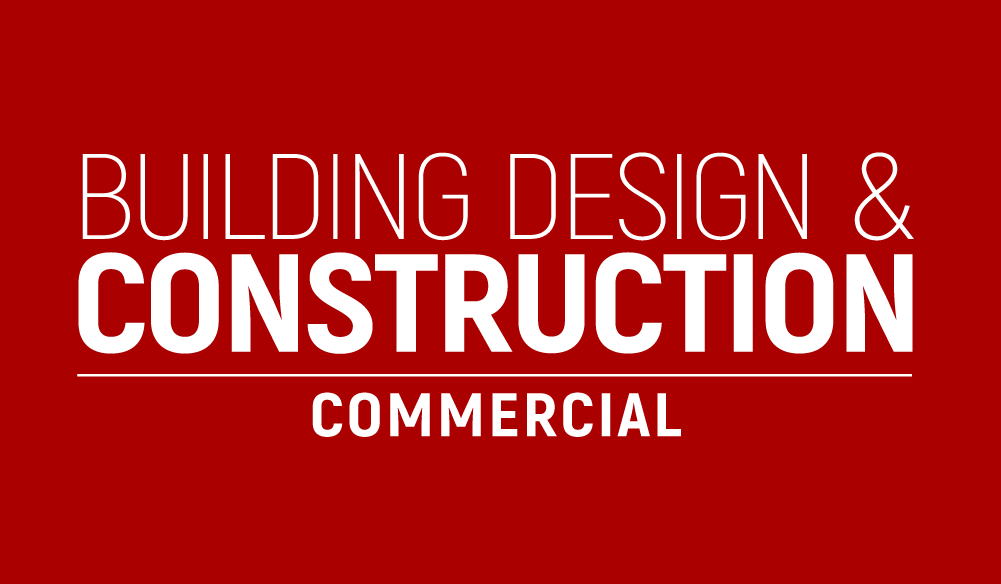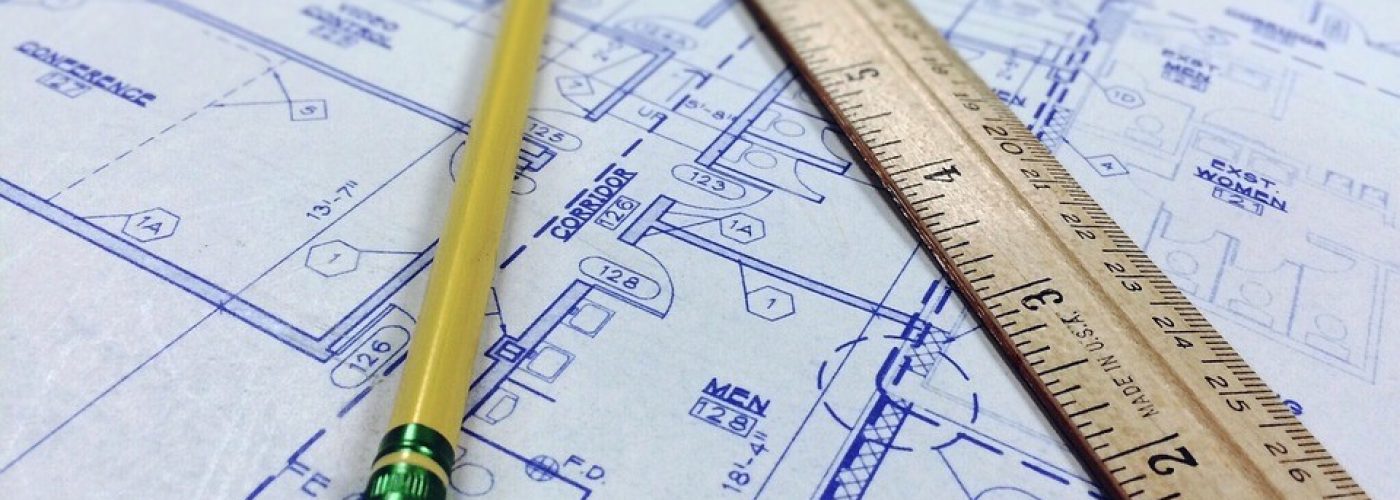With the vast array of security solutions currently available on the market, from access control for gates, to 24 hour CCTV coverage and sophisticated intruder alarms; choosing the right system to fully meet your needs can be a difficult task. However, the choice can be made much more simple if you consider the options available to you during the planning stages of the new-build process.
Security aspects of a building are seen by many as something that should be tackled after a build has been completed. However, doing so can result in costly changes needing to be made in order to ensure your property caters to your specific security needs. Ian Ellis has stated that “People know the potential risk associated with security; what is necessary is to make security a priority that is introduced into the design as early as possible.”
Thought leaders in the industry, Banham, who have been providing innovative security solutions of the highest quality for almost a century, ensured that security played a huge role in the design phase of their establishment; that was completed in August. Design factors of their new build include an alarm receiving centre and engineers stock, among others.
When asked about incorporating security into the design, Lucie Banham said: What we don’t want is security to infringe; we want to fit the security at this building which is for our customers; we want to show our customers and say, this is subtle, you won’t notice it, but every door has access control, there’s security everywhere. But it’s subtle…People don’t want obtrusive security.” By building a design that incorporates relevant security facilities, Banham created an appealing space that worked with them, rather than attempting to force-fit their security measures post-build.
Randy Atlas, from Atlas Safety and Security Design specifies that “Security [also] needs to be seen as a set of architectural features – and not just things like bollards in front of a lobby, but also how and where mechanical equipment is sited within a building, accessibility to the physical aspects of a building’s communication networks, and more.”
While preventative methods such as bollards are a valuable option in regards to protecting your property, far more technical methods are now being utilised in addition to these. Deciding ahead of time where all your security equipment will be stored, and where the optimum placement of security cameras is should be communicated to your architect; to enable them to incorporate these factors into their designs. Trying to force-fit your optimum security system will result in either costly alterations needing to be made, or a sub-standard system being implemented that does not fully meet your needs.
By informing your architect that you are planning on every door having access control will allow them to consider this during the design process. Better yet, having your security team and architectural team working parallel to one another will ensure that your security requirements are adhered to at all times. General risk assessments should be conducted during the design process, providing the perfect opportunity for you to discuss security measures with both your architectural team and security team; ensuring a smoother process that covers all of your bases effectively.
Banham has been providing effective security solutions for decades, and so it makes sense that security is evident throughout the entirety of their property; something that industry leaders are calling for more and more.
Image Credit: https://pixabay.com/en/blueprint-ruler-architecture-964629/





